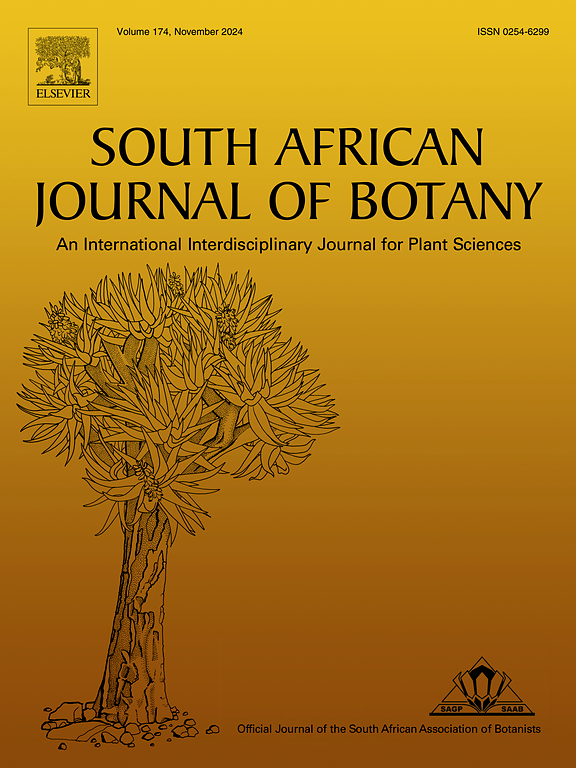工业大麻(Cannabis sativa L.)粉对喂食高蔗糖食物的黑腹果蝇幼虫的降脂作用
IF 2.7
3区 生物学
Q2 PLANT SCIENCES
引用次数: 0
摘要
本文章由计算机程序翻译,如有差异,请以英文原文为准。
Lipid-lowering effect of industrial hemp (Cannabis sativa L.) powder on Drosophila melanogaster larvae fed a high-sucrose diet
The food industry has shown a significant interest in exploring plant-based components with lipid-lowering properties. Industrial hemp (Cannabis sativa L., IH), which is renowned for its rich bioactive constituents, has emerged as a potential botanical source. However, there are limited reports on the lipid-lowering effects of IH and its underlying mechanisms. Therefore, this study employed network pharmacology and a high sucrose (HS)-fed Drosophila melanogaster larvae model to investigate the lipid-lowering effects of IH. Network pharmacology analysis confirmed that flavonoids, sterols, flavonoid glycosides, and phenolic compounds present in IH possess lipid-lowering effects, suggesting that IH may exhibit potential lipid-lowering activity. Subsequently, in vivo validation demonstrated that IH significantly reduced triglyceride levels in a concentration-dependent manner in the HS group. Notably, a 1 % concentration of IH markedly decreased lipid accumulation and was selected for further investigation of its mechanism in HS-fed larvae. Transcriptome sequencing analysis revealed that the lipid-lowering effect of IH is associated with the regulation of lipid metabolism and related signaling pathways, including the MAPK signaling pathway, HIF-1 signaling pathway, AMPK signaling pathway, cAMP signaling pathway, and cGMP-PKG signaling pathway. These results are consistent with the findings from the network pharmacological analysis and confirm the role of IH in modulating lipid metabolism. In conclusion, this study demonstrates that IH has significant lipid-lowering characteristics and holds great potential for future functional food applications.
求助全文
通过发布文献求助,成功后即可免费获取论文全文。
去求助
来源期刊

South African Journal of Botany
生物-植物科学
CiteScore
5.20
自引率
9.70%
发文量
709
审稿时长
61 days
期刊介绍:
The South African Journal of Botany publishes original papers that deal with the classification, biodiversity, morphology, physiology, molecular biology, ecology, biotechnology, ethnobotany and other botanically related aspects of species that are of importance to southern Africa. Manuscripts dealing with significant new findings on other species of the world and general botanical principles will also be considered and are encouraged.
 求助内容:
求助内容: 应助结果提醒方式:
应助结果提醒方式:


